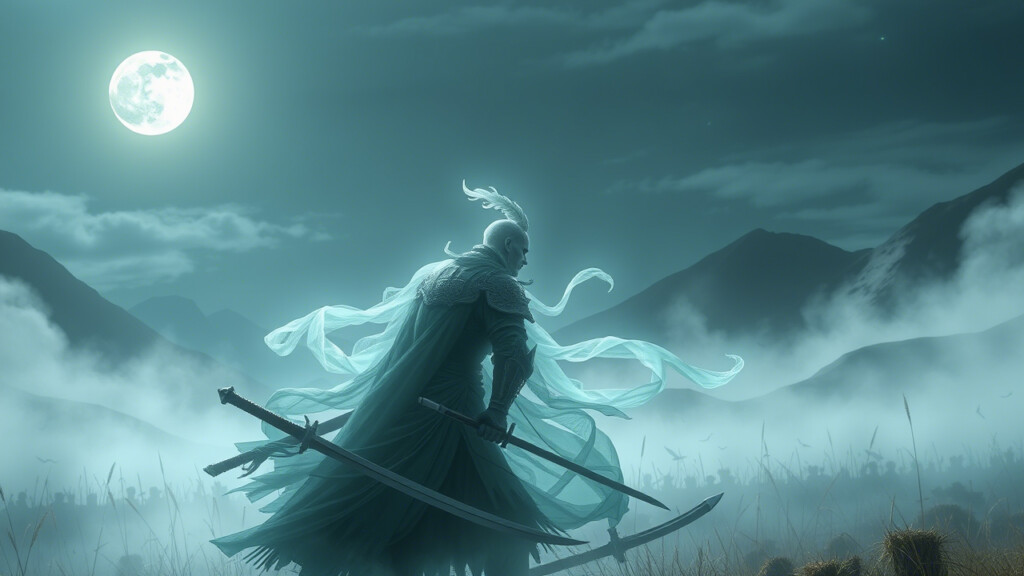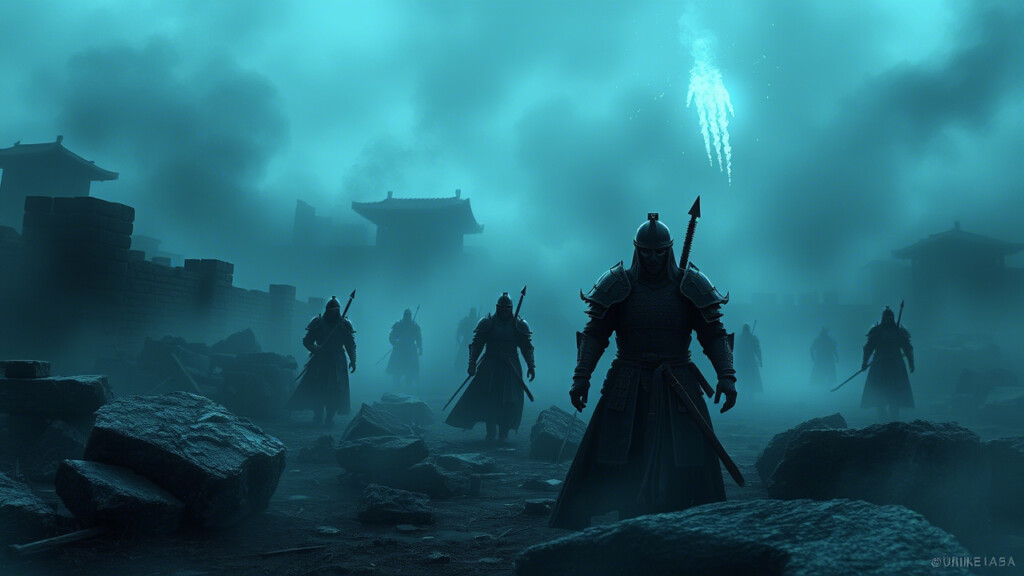Ghosts have always been a haunting yet fascinating subject, especially when tied to the brave warriors of an ancient civilization. In this article, we will explore the legend of the Silla warrior ghost, eerie stories surrounding them, and why these spirits continue to linger in Korean folklore to this day.

The Immortal Warriors
The Kingdom of Silla (57 BCE – 935 CE) was one of the Three Kingdoms of Korea (alongside Goguryeo and Baekje), renowned for its rich culture and elite warriors. During its golden age, particularly in the 7th century, Silla unified the Korean Peninsula after defeating Baekje and Goguryeo, emerging as one of the dominant powers of East Asia.
Hwarang (花郎 – Flower Knights) were the elite warriors of Silla, selected from the aristocracy and rigorously trained in martial arts, strategy, and ethics. They were not only skilled fighters but also upheld chivalry, ready to sacrifice for their homeland. But what happens when they fall on the battlefield?
Could their souls find peace, or are they forever bound to this world, becoming the ghosts of Silla?
The Mysterious Legends of the Silla Warrior Ghosts
Koreans believe that the spirits of warriors who perished in battle cannot rest if they died with unresolved grudges or unfulfilled duties. Many stories claim that in ancient battlefields like Mungyeong Saejae, nighttime travelers still witness armored figures wielding swords, wandering through the mist.
👻 Some supernatural occurrences reported include:
- Shadowy figures appearing on ancient battlefields, especially during full moons.
- The sound of footsteps and clashing weapons when no one is there.
- Distant whispers echoing as if from the past.
Samguk Yusa – Records of the Silla Ghosts
The ancient historical text “Samguk Yusa” (Memorabilia of the Three Kingdoms), one of Korea’s most valuable records, recounts a chilling tale of a Goryeo soldier who, in the 10th century, witnessed a spectral army while crossing Mungyeong Pass. Under the moonlight, they appeared in shining armor—only to vanish as soon as the temple bell rang.
What keeps them trapped between two worlds?
Haunted Locations of the Silla Warrior Ghosts
Gyeongju, once the capital of Silla for over 900 years, still holds many historical sites, such as Bulguksa Temple, Royal Tombs, and Banwolseong Fortress. Local legends tell of shadowy armored figures glimpsed among the royal tombs, slowly fading into the night.

As a crucial defense point during the Silla era, this area is known for its ghostly legends. Some travelers claim to have seen Silla soldiers patrolling, but when they approach, everything disappears into thin air.
In 2012, a group of researchers from Paranormal Korea conducted an investigation at Palgongsan, a site of fierce battles during Silla’s reign. They detected unusual electromagnetic waves and recorded strange sounds in the dead of night, sparking debates over the existence of warrior spirits.
Beliefs and Rituals Honoring Silla Warriors
Koreans believe that failing to show respect to Silla warrior spirits might bring misfortune. As a result, various rituals have been performed to appease these lingering souls.
🎎 Some notable rituals include:
- At Bulguksa Temple and Seokguram Grotto (UNESCO Sites), people believe these sacred places help Silla warriors find peace.
- Goryeong Daegaya Festival – A cultural event preserving ancient warrior memorial rites.
Though science has yet to prove the existence of these ghosts, the unwavering belief of the people keeps this legend alive through generations.
Whether real or not, the Silla warrior ghosts remain a powerful symbol in Korean culture. They embody not only courage and sacrifice but also the unyielding spirit of a glorious dynasty.
Perhaps, for Koreans, the best way to honor them is not by searching for evidence of their existence, but by preserving the history, culture, and legacy they left behind.
📌 Do you believe in the legend of the Silla warrior ghosts? Share your thoughts below!
